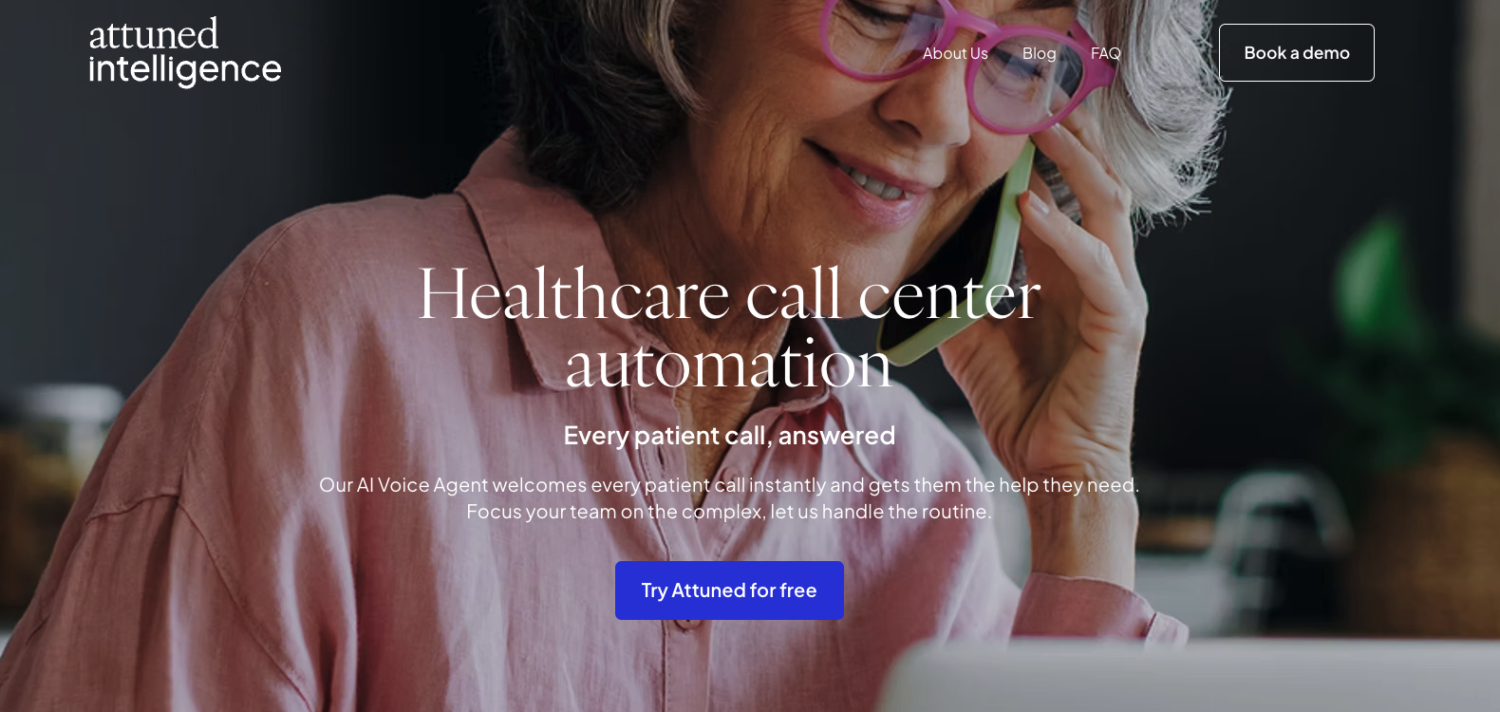Finding a frustrated patient sitting in a waiting room has become familiar. Three and a half years after the pandemic�s start, the medical field is still feeling the ripple effects. Burnout and staffing shortages plague offices nationwide, causing tasks...
 Vijay Verma, VP of Product Strategy at TeleVox
Vijay Verma, VP of Product Strategy at TeleVox
Finding a frustrated patient sitting in a waiting room has become familiar. Three and a half years after the pandemic�s start, the medical field is still feeling the ripple effects. Burnout and staffing shortages plague offices nationwide, causing tasks to pile up and the lack of prioritization for patient care. Feelings of frustration can cause patients to either leave a doctor�s office before seeing a provider or go to a different one.�
According to McKinsey, patients are 28% less likely to switch physicians when content with their experience. Technology is readily accessible at our fingertips 24/7. Administrative decision-makers should use it to their advantage to address common industry pain points, like tackling mountains of paperwork or inefficient scheduling.�
To streamline the check-in process and encourage a positive experience, here are four ways providers can boost the patient journey with digital check-ins:�
1. Digitize the Documents
Patients have limited free time, and consideration goes a long way. Specialists sometimes require dozens of pages of documents to be completed before an appointment. Rather than forcing patients to arrive early, providers can digitize documents for completion. Digital documentation is convenient for patients � allowing them to complete paperwork from the comfort of their own homes at their own pace.�
Patient engagement platforms, all-in-one software for patient communications, are an effective way to gather, vet, and store sensitive information.� Not only do they cut the amount of paperwork in offices, but they also streamline tasks for administrative staff. With less paper, fewer staff need to be dedicated to tedious office tasks like scanning and data entry. Documents can also be reviewed in advance, saving administrators time and energy hunting down patients for additional information.��
2. Liberate the Front Desk�
First impressions matter. An extensive line in a medical waiting room is not a great one. The front desk is a vital artery to every practice and should avoid getting clogged when possible. Providers can embrace a digital/self-check-in process to prevent lines from forming. Digital check-ins aim to simplify the intake process for staff by reducing paperwork, data entries, and document scans. During the height of the pandemic, eCheck-ins grew in popularity. Yet, an alarming 83% of medical providers still use the front desk as the primary method for checking in patients.�
When patients do not complete mandatory registration information before their appointment, they can do so at the office using self-serve kiosks. Self-serve kiosks are an excellent option for patients who might not have technology or may not be as tech-savvy. On-premises self-check-in grants more significant control over the process while keeping the front desk unoccupied. This allows staff to focus on other tedious tasks, like insurance verification, which can be a grueling part of the intake process. With online forms, patients can assemble credentials from the comfort of their homes without the pressure of fumbling through personal items at the front desk.�
3. Give Clear Instructions on What to Expect
Supplying details to a patient about their visit, such as office location and procedure details, is another excellent method to boost satisfaction. Medical appointments can be stressful, and the unknown can be anxiety-inducing. Letting patients know precisely what they can expect during their visit helps calm nerves. This past year, nearly half of women reported putting off preventative care services, and 55% of men reported not getting regular health screenings. The lack of prioritization can be attributed to high appointment costs, challenges in booking an appointment, and a lack of awareness regarding the frequency of certain types of exams. Considering the patient�s needs and emotions humanizes your practice, re-enforcing the relationship.�
Navigating unfamiliar medical facilities can also cause stress and added anxiety before an appointment. Consider patient engagement platforms that offer wayfinding solutions to help patients find your office. Wayfinding solutions help the front desk by preventing time-consuming phone calls to deliver directions and encouraging patients to arrive on time for appointments.�
4. Automate Reminders�
Each year, the healthcare industry loses $150 billion in missed appointments. To reduce the number of no-shows, healthcare practices can integrate automated reminders into their patient communication strategy. Automatic emails and AI SMS messages notify patients of upcoming appointments without gluing staff to the phone all day. Some patient engagement platforms are compatible with electronic health records (EHRs) to seamlessly and reliably integrate data.�
Physician practices need to work smarter, not harder. With a digital check-in process, providers are taking the first step in boosting patient engagement and loyalty. Digital check-ins benefit patients and providers by eliminating additional administrative tasks and preventing appointment delays. Patient engagement technology permits staff to focus on patient care and patients to experience a seamless, stress-free appointment.�
About Vijay Verma
Vijay Verma heads the design and development of TeleVox�s Generative AI-based Virtual Agent platform. Vijay has 10+ years of experience in building solutions that drive up customer self-service and increasing contact center efficiency. His first foray into this problem set was with Comcast Corporation, where he launched SMS as a self-service channel, which resulted in a 150M call reduction in the call centers. Most recently, he was head of emerging tech and transformation at Children�s Hospital of Philadelphia, where he led the design and development of multiple patient and employee solutions to address health equity and staff burnout challenges using Conversational Solutions.













